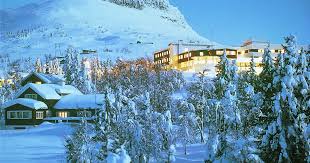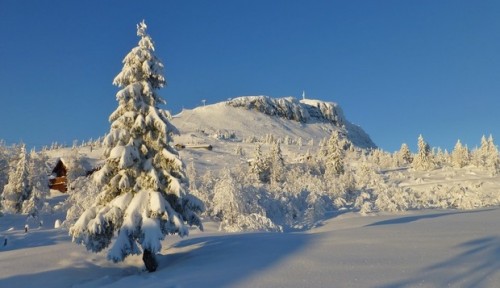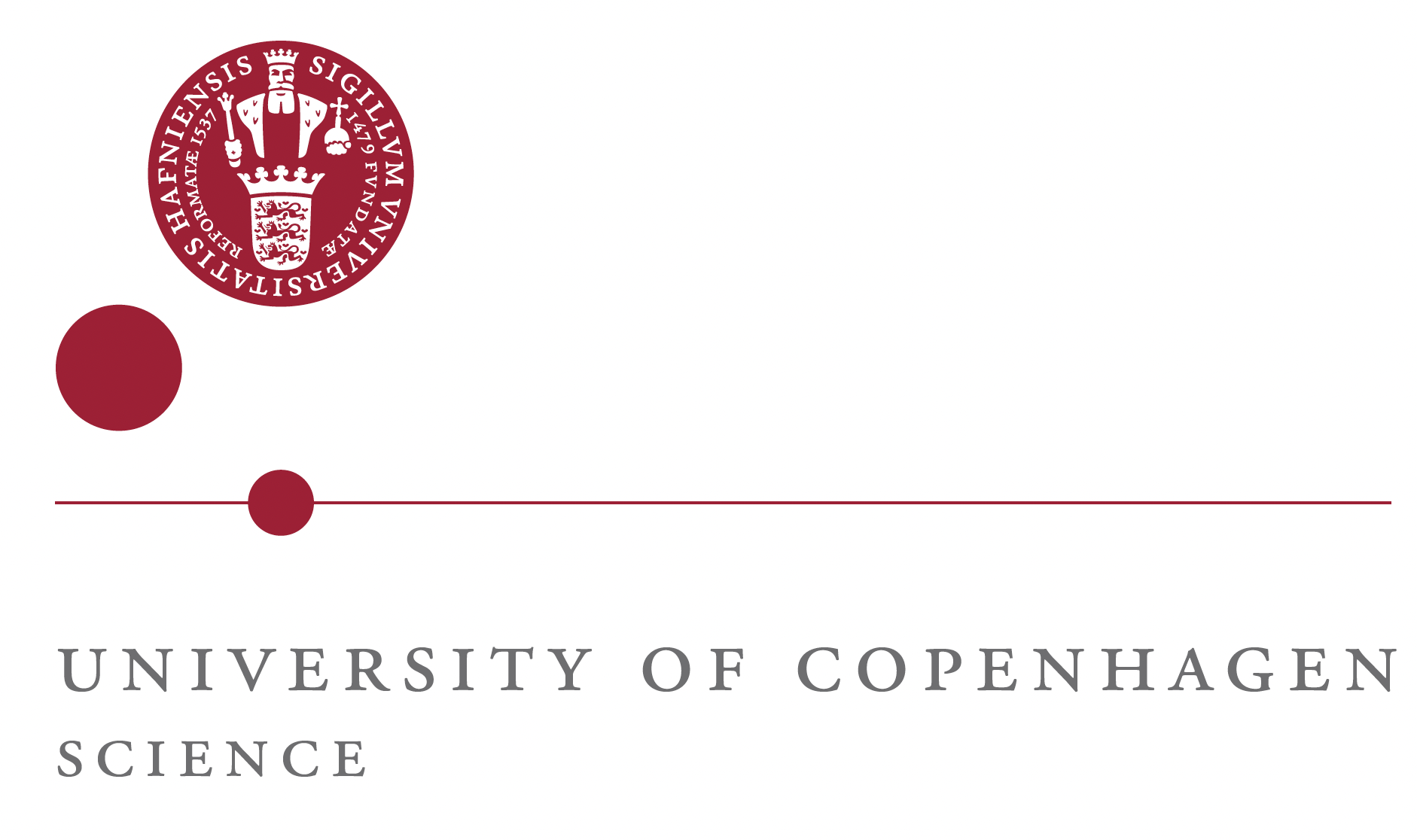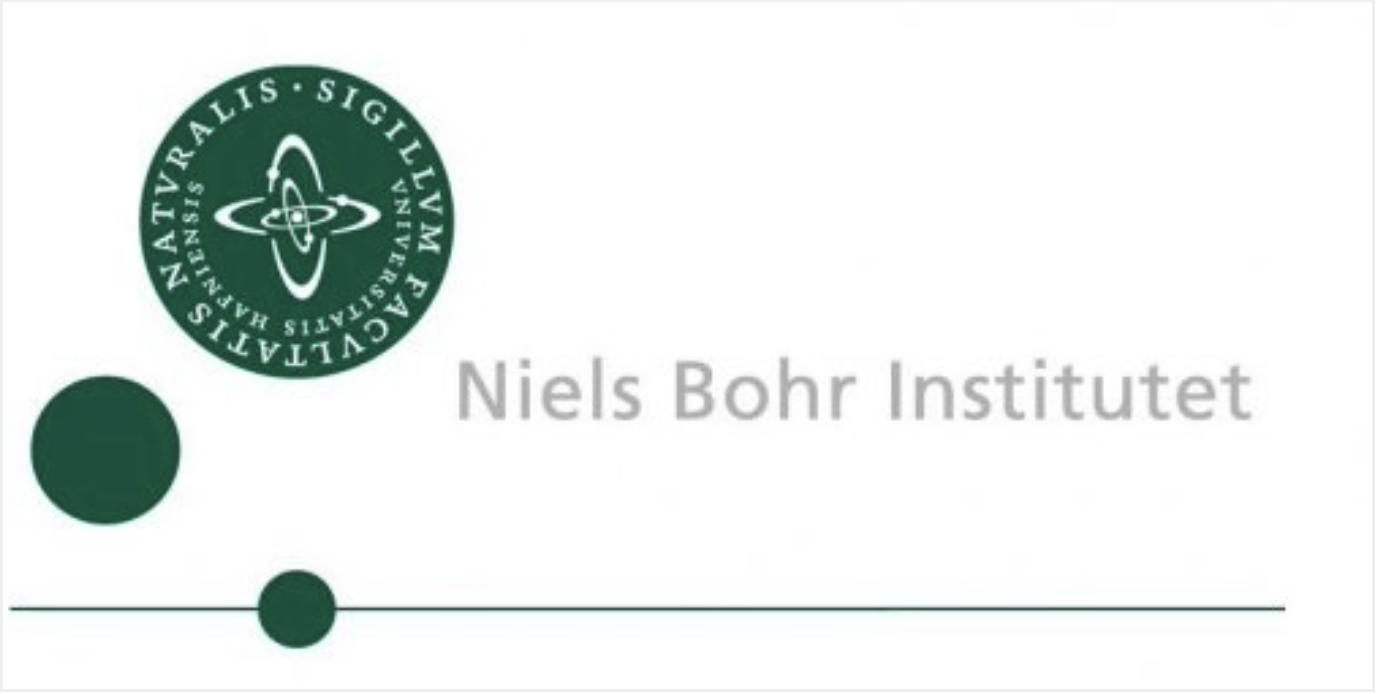Nordic Winter School on Particle Physics and Cosmology 2022
Thon Hotel Skeikampen

Nordic Winter School on Particle Physics and Cosmology
Nordic Winter School aims to introduce Ph.D. and advanced Master's students to current exciting topics in particle physics and cosmology, and take place at the Thon Hotel Skeikampen, approximately 40 kilometers north of Lillehammer (200 km north of Oslo). You can find details about the area here.
This year, the school has a particular focus on gravitational physics and the science behind gravitational wave analysis and will feature the following four lectures
- Maria Haney (4 hrs) LIGO-Virgo Science and Results with Forecasting on Future GW Instruments
- Adam Pound (4 hrs) Self-Force Theory and LISA
- David Kosower (4 hrs) Classical Gravity from Quantum Scattering
- Michèle Levi (4 hrs) From QFT to Real-World Gravity
Together with the four special lectures:
- Henrik Johansson (1 hr) Double Copy and Higher-Spin Amplitudes
- Niels Obers (1 hr) Non-relativistic gravity
- Alex B. Nielsen (1 hr) Perturbing black holes

 Funding and planning committee: N. Emil J. Bjerrum-Bohr, Poul H. Damgaard, Henrik Johansson, Michèle Levi, Niels Obers.
Funding and planning committee: N. Emil J. Bjerrum-Bohr, Poul H. Damgaard, Henrik Johansson, Michèle Levi, Niels Obers.
Practical organisation, chairing of talks and coordination and organisation of the student talk program: Robin Marzucca, Alex Nielsen, Anne Spiering, Cristian Vergu
Student assistant: Marie Ernø-Møller
The school is limited to approximately 25 students from Nordic countries and is subject to a selection. We expect to be able to cover all local costs + transportation between Oslo Airport and the hotel. Young post-docs are encouraged to participate as well. Exceptionally talented M.Sc. students can apply too.
Exceptionally qualified students from outside the region may be admitted on a case by case basis, and on the assumption that they can have their expenses covered by other sources.
Feb Saturday 5th and Thursday 10th will be days of travel, and bus transportation will be arranged from/to Oslo Airport Gardermoen on these dates. If you're accepted at the school, you should plan to catch the bus at 2:00 PM on Feb 5th and have a return flight no earlier than 1:00 PM on the 10th. Lectures will be held on Sunday through Wednesday, with free time in the middle of the day for outdoor activities like cross-country and downhill skiing.

The school is supported financially by NORDITA, the Niels Bohr Institute, the Niels Bohr International Academy, the Niels Bohr Institute Foundation, the Copenhagen University Faculty of Science, the Villum Foundation, the Carlsberg Foundation and the EU Marie Curie SAGEX ETN network.








